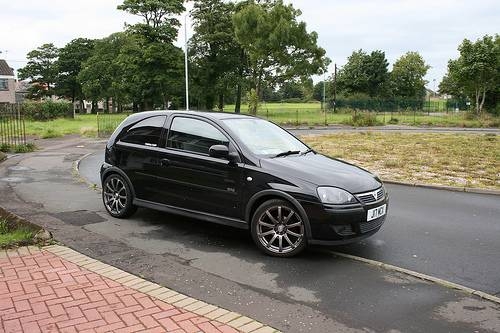
Window tinting can help keep a car cool, keep sun out of the eyes of the driver and passengers and compliment the car's color scheme. There's also a certain hipness factor to dark windows. Many new cars can be purchased with windows tinted by the dealer or at the factory, but tinting is a common and popular aftermarket option as well.
Dyed film is, as the name suggests, a film that has been dyed to block heat. They are generally applied inside the window. These are often the cheapest tints, and a low-quality dye can fade within months.
Deposited film is another inexpensive process, but slightly more complex than the simple dye. The film is vacuum-sealed in a tank containing metals such as aluminum or nickel. A heated gas in the tank causes these metals to coat the film, creating a dark surface.
Like deposited film, sputtered film is also created in a vacuum. Sputtering also uses metals, but the process is different. Positive ions are used to bombard the metal at the atomic level. These particles are collected on ultra-clear polyester, or the basic film which is later applied to the window. Sputtered film uses no dyes or pigments, and the metals used generally will not oxidize. Sputtered film is also known for having less reflection, leading to a clearer view.
A hybrid film is, as the name suggests, a tint that uses a combination of procedures--generally a dyed film that also uses metals. Hybrid films can generally offer very good heat- and UV-blocking capabilities, but with less reflection and less overall darkness. More light comes in, leading to a window that has less of a tinted look.
Tinting laws can vary from state to state, and the differences can be dramatic. A number of sunbelt states have very relaxed regulations regarding tinting, allowing car windows to become very dark. In other states, little to no tinting is allowed. Police can test the level of tinting and in many cases will ticket drivers with windows that are too dark, even if they are from states where heavy tinting is allowed.